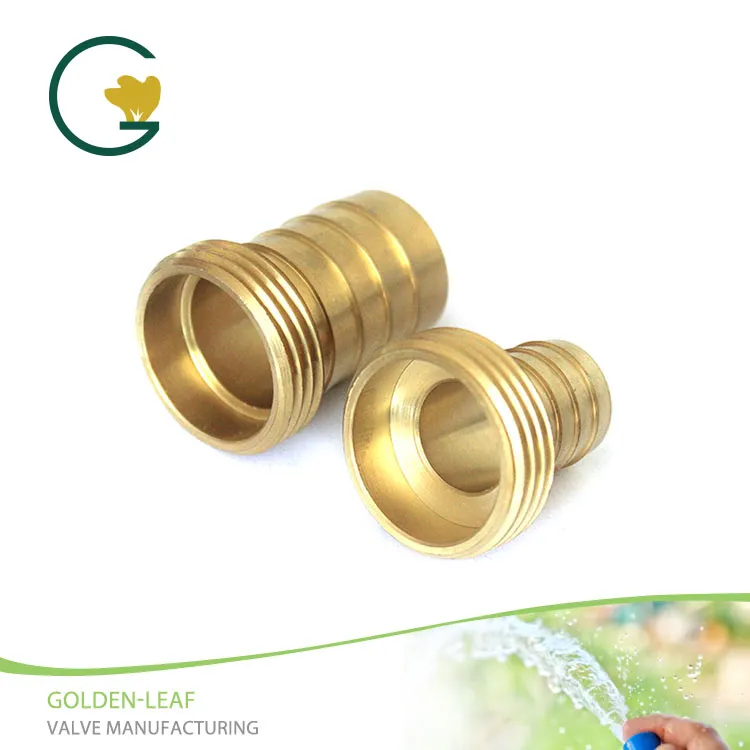Information about Brass Male Hose Connectors
2024-07-28
Brass male hose connectors are fittings used to join hoses to various equipment or to connect two hoses together. Made from brass, these connectors are valued for their durability, resistance to corrosion, and ability to provide a secure and leak-proof connection. Here’s a detailed overview:
Key Features:
1. Material:
- Brass Construction: Brass is used for its strength, resistance to corrosion, and ability to withstand high pressures. It is ideal for outdoor and heavy-duty applications.
2. Design:
- Male Threads: These connectors feature male threaded ends that screw into female fittings or connectors, ensuring a tight and secure connection.
- Various Sizes: Available in a range of sizes to fit different hose diameters and connection requirements.
3. Types:
- Standard Hose Connectors: Designed for common hose sizes and applications.
- Heavy-Duty Connectors: Built for high-pressure applications and industrial use.
- Quick-Connect: Feature a quick-connect mechanism for easy attachment and detachment without tools.
Applications:
1. Agriculture:
- Irrigation Systems: Used to connect hoses to irrigation equipment, pumps, and water sources.
2. Industrial:
- Fluid Transfer: Employed in industrial settings for transferring fluids and gases under pressure.
- Equipment: Connects hoses to machinery, compressors, and other equipment.
3. Residential:
- Garden Hoses: Commonly used in garden and landscaping applications to connect hoses to faucets, sprinklers, and other garden tools.
4. Automotive:
- Cooling Systems: Used to connect hoses in cooling systems and other automotive applications.
Benefits:
1. Durability:
- Corrosion Resistance: Brass is resistant to rust and corrosion, making it suitable for outdoor and high-moisture environments.
- Strength: Can withstand high pressures and temperatures.
2. Leak-Proof:
- Secure Fit: Provides a tight and reliable seal, reducing the risk of leaks.
3. Versatility:
- Wide Range of Uses: Suitable for various applications, including irrigation, industrial processes, and general fluid transfer.
4. Ease of Use:
- Simple Installation: Easy to install and remove with standard tools or quick-connect mechanisms.
Installation and Usage:
1. Connecting:
- Threading: Screw the male connector into a compatible female fitting or connector. Ensure threads are aligned and tighten securely to avoid leaks.
- Sealing: Use Teflon tape or pipe sealant on threads if needed to enhance the seal and prevent leaks.
2. Maintenance:
- Inspection: Regularly inspect connectors for wear, damage, or corrosion.
- Cleaning: Clean connectors to remove debris and buildup that could affect performance.
3. Replacement:
- Monitor Condition: Replace connectors if they become damaged or show signs of wear.
Types of Brass Male Hose Connectors:
1. Straight Connectors:
- Description: Used to connect two hoses or a hose to a fitting in a straight line.
2. Elbow Connectors:
- Description: Have a 90-degree bend, allowing hoses to change direction.
3. Y-Connectors:
- Description: Split a single hose into two separate hoses or connections.
4. Quick-Connect Connectors:
- Description: Allow for fast and easy connection and disconnection of hoses without tools.
5. Adaptors:
- Description: Convert between different thread types or sizes.
Brass male hose connectors are essential for creating secure and reliable connections in various applications. By selecting the appropriate type and size, and ensuring proper installation and maintenance, you can achieve effective and efficient hose connections for your needs.



